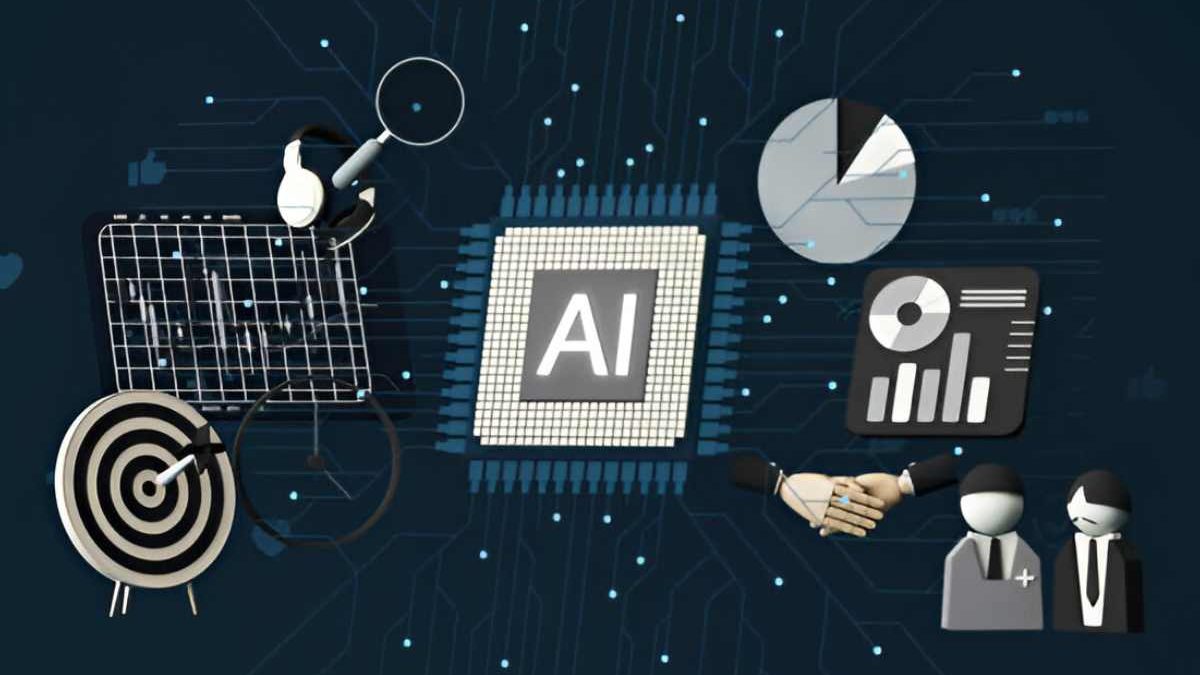Artificial intelligence is good for a whole lot more than doing your kids’ homework and making unhinged memes (and even more unhinged songs and videos). If you work in almost any industry, you’ve seen it work its way into just about every piece of software you use. Your project management tools, social media apps, calendars, and email programs all use AI. You’d be hard pressed to think of a tool that doesn’t at least offer it as some kind of beta trial.
AI’s ubiquity is impressive, but even more so is the range of use cases and specialized applications for AI. If you can name it, there’s probably — at the very least — a basic chatbot designed to help you do it. Current AI uses range from taking meeting minutes to managing inventory to predicting geopolitical crises that can impact the supply chain. Read on to learn about some of the infinite AI use cases you might not have heard of or thought of yet.
Table of Contents
1. Hyper-Specialized Sales Agents
There’s a chatbot for everything, but there isn’t necessarily a qualified chatbot for every single job. Many AI-powered virtual sales agents lack specialized knowledge when it comes to certain products, industries, or technical concepts. When AI doesn’t know what to say about a subject, it also tends to “hallucinate,” or make up nonsense. That can be a serious problem, especially in industries where making a mistake can cost thousands or millions of dollars or pose major legal issues.
To keep AI on task and out of trouble, startups and other software companies are creating highly-specialized virtual agents. These dedicated chatbots are trained on specialized data sets and taught to be experts in a given field. For example, you might find them in automotive sales software, where a detailed understanding of parts and repairs is key. They can also show up in fields like healthcare and finance, where getting the details right is absolutely crucial.
2. Dynamic and Interactive Billboards
You’ve seen video billboards with lively displays and ads that change every certain number of seconds. New alternatives, however, go well beyond displaying a range of different brands and campaigns to distract you while you’re driving. New AI billboards leverage machine learning, AI, predictive analytics, and automation to display adaptive advertising. There are a number of ways they can dynamically adjust their advertising based on different factors.
For example, road billboards can monitor local weather conditions and use them to determine which ads make the most sense at the moment. They can adjust content accordingly, displaying more relevant products — for example, ski resort ads or winter boot ads if it’s about to snow. These billboards can also monitor real-time traffic speed based on GPS analytics and municipal data. They can use this information to, say, show longer ads when drivers are stuck in traffic.
3. Background Checks and Relationship Intelligence
If you’re considering partnering with a new associate or hiring a new employee, you want to know everything you can about them. Traditional background checks, of course, turn up plenty of useful information to aid your decision-making. Let’s get real, however: most people also search up potential new business connections on social media. Unfortunately, it’s gotten a lot easier for folks to scrub their profiles and pay to have incriminating data erased from the internet.
Enter AI background checks and relationship intelligence tools, which can dig up what background checks and Facebook stalking sessions can’t. These AI-powered apps and programs can turn up buried records like civil and criminal court findings, and even news articles. If you’re interested in partnering with someone, for example, who’s participated in insider trading, AI can find out. It can spot patterns, and predict accurately whether a new person is trustworthy or not.
4. Intelligent Payment Routing
When a customer makes an online payment, the flow of funds is typically facilitated by an entity called a payment processor. Examples of processors in the United States include Stripe, PayPal, Adyen, and Square. Some companies, especially those outside the U.S., also use small, local processors in their native languages and currencies. For most merchants everywhere, it makes sense to work with more than one processor in case one experiences outages.
The problem is that using multiple processors takes a lot of time, money, and specialized knowledge. Developers need to manually integrate with each processor, and create the code that determines which transactions go to which processors. AI-powered payment routing solves this problem by allowing merchants to quickly integrate with multiple processors. Then, it uses logic, historical data, and more to send each transaction to the best processor for each specific payment.
Just the Beginning
These are just four use cases in a sea of tens of thousands of new AI use cases. This list doesn’t even go into hyper-niche use cases, such as AI powered bees and beehives to produce more honey and prevent colony collapse. Or, the shipping and delivery companies using AI to map trucks and warehouses so packages don’t get lost. The possibilities are virtually limitless. If there’s a will, there might be a better way with AI. If it doesn’t exist yet, there’s probably a company willing to build it for you.

